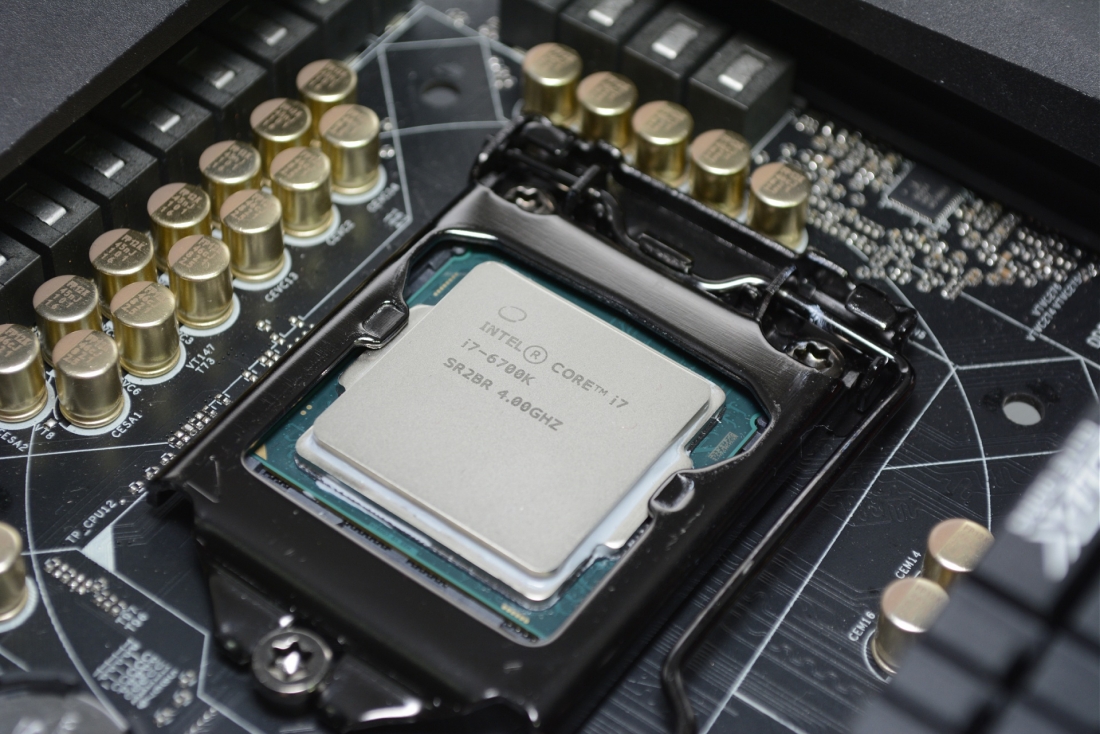
Intel has identified an issue with its sixth-generation Skylake processors that may result in chips hanging or causing other unpredictable system behavior.
The bug was reportedly discovered by hardwareluxx.de which was then passed on to Intel and mathematicians with the Great Internet Mersenne Prime Search (GIMPS). The latter group is responsible for Prime 95, an application that multiplies very large numbers using the Fast Fourier Transformation.
Aside from finding record prime numbers, the software has been used by enthusiasts for years to help benchmark and stress-test hardware.
The issue rears its ugly head when performing complex workloads like those used in Prime 95. Specifically, the exponent 14,942,209 has been singled out as a source of crashing.
It's publicly unclear at this time exactly why the bug is happening. We do know that it affects both Linux and Windows-based systems and isn't affected by underclocking or overclocking. Because it only surfaces under extremely complex workloads, it's unlikely to affect the vast majority of users.
Regardless, Intel said it has identified and released a fix and is working with motherboard makers to get the patch out to end-users via BIOS update. No word yet on how long it'll take manufacturers get the updates out to their users.
https://www.techspot.com/news/63430-complex-workload-bug-found-crash-intel-skylake-cpus.html